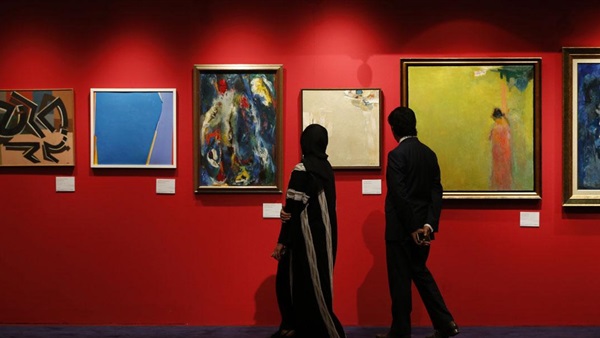
5 Interior Design Tricks That Would Make A Simple Space Look Luxurious
The interiors of luxury hotels are definitely eye-catching, which is why a lot of homeowners want to replicate such designs...

Taxi Costs in Dubai
Some people have the best possible experience with taxis in Dubai, while some complain about rides being overcharged and nothing...

Hotels with Services for Children/Families
People traveling with children know how hard it can get. Kids get tired, they don’t like the places you take...
Trending News
FEATURED NEWS

Challenges In Wealth Management
Wealth management is a multifaceted discipline that involves understanding a variety of challenges, ranging from regulatory compliance and technological disruption to evolving client expectations and market uncertainties. Effective wealth managers must adapt to these challenges and develop innovative solutions to meet the needs of their clients and achieve long-term success.
Admin
Mar 20, 2024
0
POPULAR NEWS

How to execute power of attorney
A power of attorney can be issued easily if you follow the correct steps for its execution. The first step is to buy or download a power of attorney template which is specifically for your state. You can start from looking for an attorney who is well experienced in family

Email marketing – Why is it such a beneficial strategy?
The fact of the matter is that digital marketing has become the latest trend these days. Businesses are looking for new and innovative methods of marketing their products and services to their target audience. Of course, there is nothing wrong in searching for diverse methods to market your business in

















